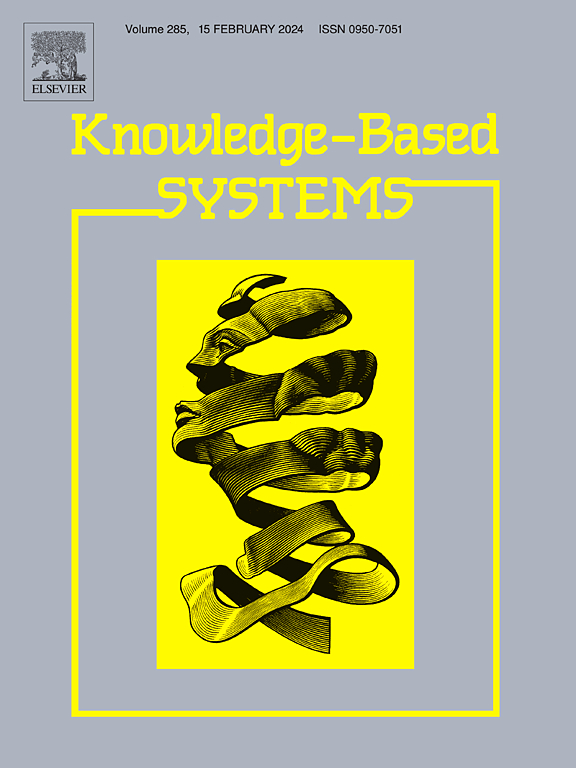Extended ARMA graph neural networks for the prognosis of complex systems
IF 7.2
1区 计算机科学
Q1 COMPUTER SCIENCE, ARTIFICIAL INTELLIGENCE
引用次数: 0
Abstract
With the advancement of intelligent sensing techniques, massive monitoring signals are collected and accumulated from industrial systems. Given that sensors are often correlated and constructed to reflect graph topology, the signals can be conceptualized as graph data. The polynomial filter-based graph neural networks (GNNs) are commonly employed to exploit information from nodes features and graph topology for graph data analysis. However, the polynomial filter-based GNNs encounter difficulty in accurately modeling sharp changes and the coefficients can vary a lot, making them hard to learn. To address this problem, a novel graph neural network named extended auto-regressive moving average graph neural network (eAGNN) is proposed. Compared with auto-regressive moving average (ARMA) neural network, the order restriction are removed, allowing for the inference of a more general neural network, which enables the modeling of filters with more different shapes. Furthermore, both low-frequency and high-frequency information are explicitly and separately extracted so as to alleviate the burden of the learning process and further enhance the learning capability. Finally, several experiments including public node classification and fault diagnosis were conducted. The results demonstrate that the proposed eAGNN exhibits high performance compared to alternative methods.

用于复杂系统预测的扩展ARMA图神经网络
随着智能传感技术的发展,从工业系统中采集和积累了大量的监测信号。考虑到传感器通常是相互关联的,并且被构造为反映图拓扑结构,信号可以被概念化为图数据。基于多项式滤波器的图神经网络(gnn)通常用于从节点特征和图拓扑中获取信息进行图数据分析。然而,基于多项式滤波器的gnn在精确建模急剧变化时遇到困难,并且系数可能变化很大,使其难以学习。为了解决这个问题,提出了一种新的图神经网络——扩展自回归移动平均图神经网络(eAGNN)。与自回归移动平均(ARMA)神经网络相比,该方法消除了顺序限制,允许更一般的神经网络进行推理,从而可以对具有更多不同形状的滤波器进行建模。此外,将低频和高频信息分别明确提取,减轻了学习过程的负担,进一步增强了学习能力。最后进行了公共节点分类和故障诊断实验。结果表明,与其他方法相比,所提出的eAGNN具有较高的性能。
本文章由计算机程序翻译,如有差异,请以英文原文为准。
求助全文
约1分钟内获得全文
求助全文
来源期刊

Knowledge-Based Systems
工程技术-计算机:人工智能
CiteScore
14.80
自引率
12.50%
发文量
1245
审稿时长
7.8 months
期刊介绍:
Knowledge-Based Systems, an international and interdisciplinary journal in artificial intelligence, publishes original, innovative, and creative research results in the field. It focuses on knowledge-based and other artificial intelligence techniques-based systems. The journal aims to support human prediction and decision-making through data science and computation techniques, provide a balanced coverage of theory and practical study, and encourage the development and implementation of knowledge-based intelligence models, methods, systems, and software tools. Applications in business, government, education, engineering, and healthcare are emphasized.
 求助内容:
求助内容: 应助结果提醒方式:
应助结果提醒方式:


